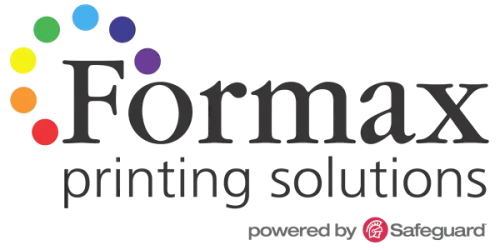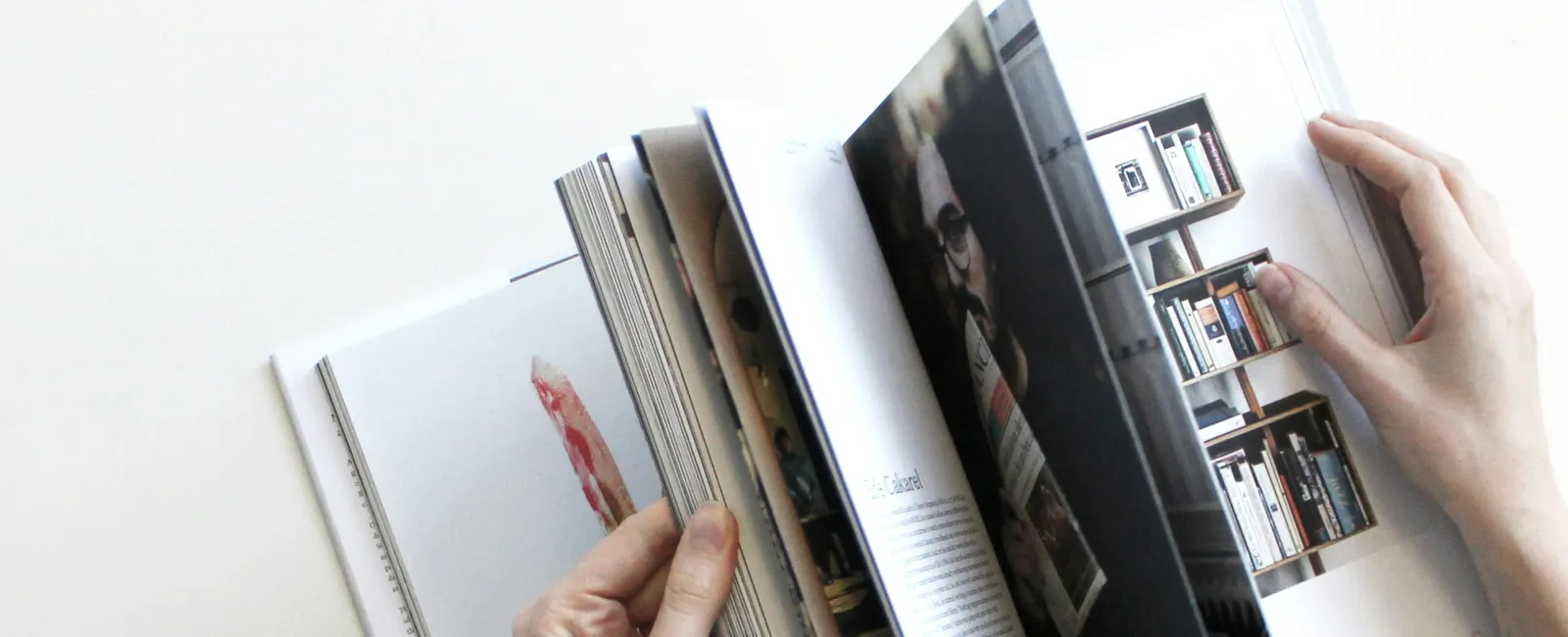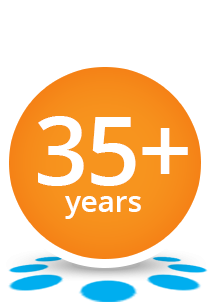Printing Paper Weight
Printing paper weight is the thickness and durability of paper, measured in grams per square meter (GSM) or pounds (lbs), indicating how heavy or sturdy the paper feels. Choosing the right paper weight is a crucial decision that can significantly impact the overall quality and feel of your printed materials. Whether you're producing business cards, brochures, or books, understanding how different paper weights affect durability, appearance, and functionality is essential. In this blog post, we'll explore the various paper weight options, discuss their ideal uses, and offer insights on how to select the best weight for your project.
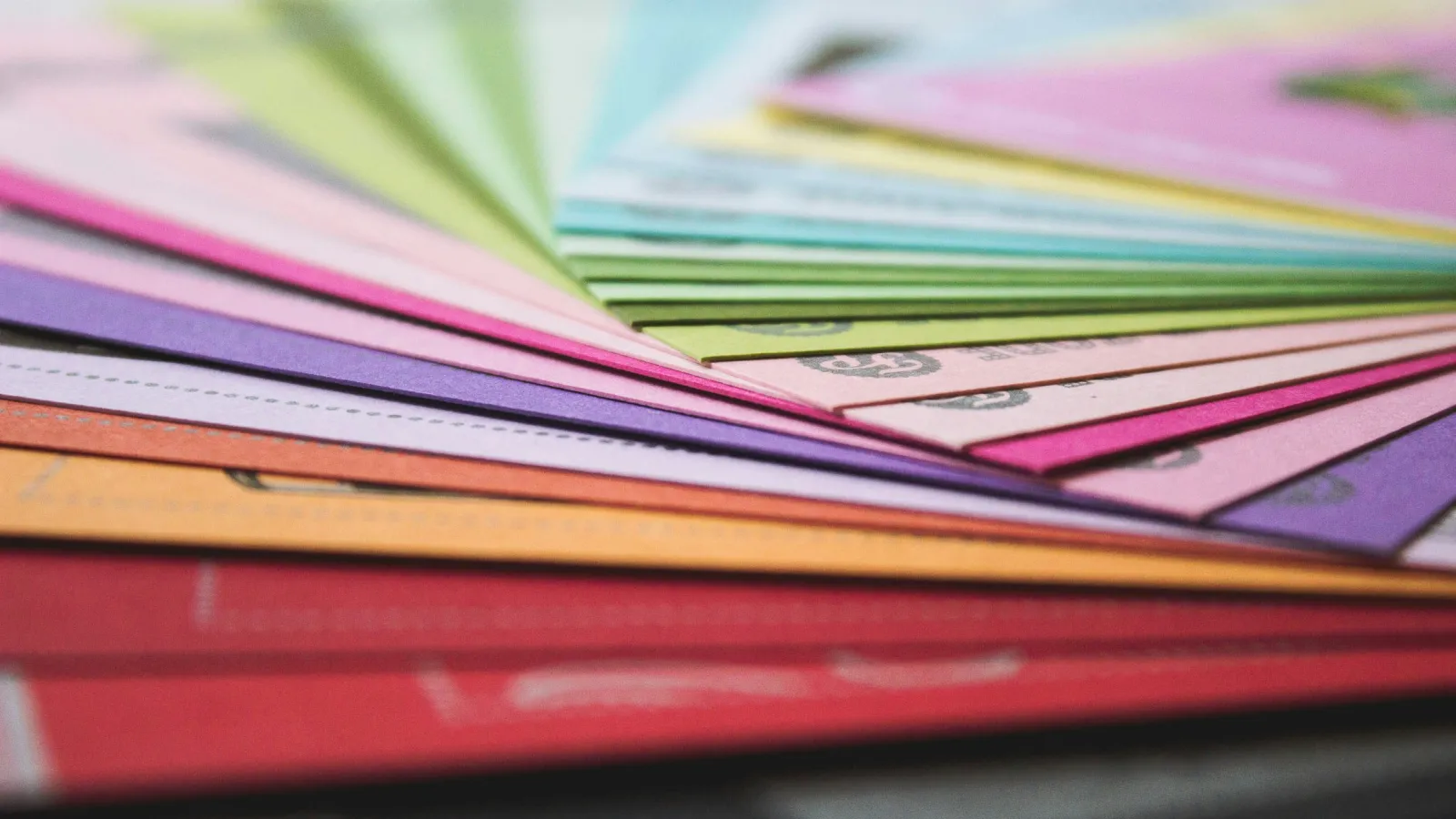
Why is Paper Weight Important?
When it comes to printed materials, every detail, including the paper weight, plays a crucial role in how your brand is perceived. The paper weight you choose can transform a simple piece of print into a powerful communication tool, influencing the overall impression it leaves on your audience.
Think about a business card. If it feels flimsy and bends easily, it might convey a less professional image. In contrast, a thicker, more substantial card feels solid and reliable, immediately making a stronger impact. That's the difference paperweight can make.
Understanding different paper weights and their best uses ensures that your printed materials align with your brand's quality. Selecting the right paper weight for your project can enhance the first physical interaction potential customers have with your brand.
How is Paper Weight Measured?
Paper weight is measured in two main ways: by weight (pounds or GSM) and by thickness (points or microns). In the U.S., pounds (# or lb) measure the weight of 500 sheets of paper in its basic size, which varies depending on the type of paper. Internationally, GSM (grams per square meter) is more commonly used and provides a straightforward metric measurement.
Points (pt) and microns (μm) measure the actual thickness of the paper, with points used for thicker papers like cover stock. The higher the number, the thicker the paper.
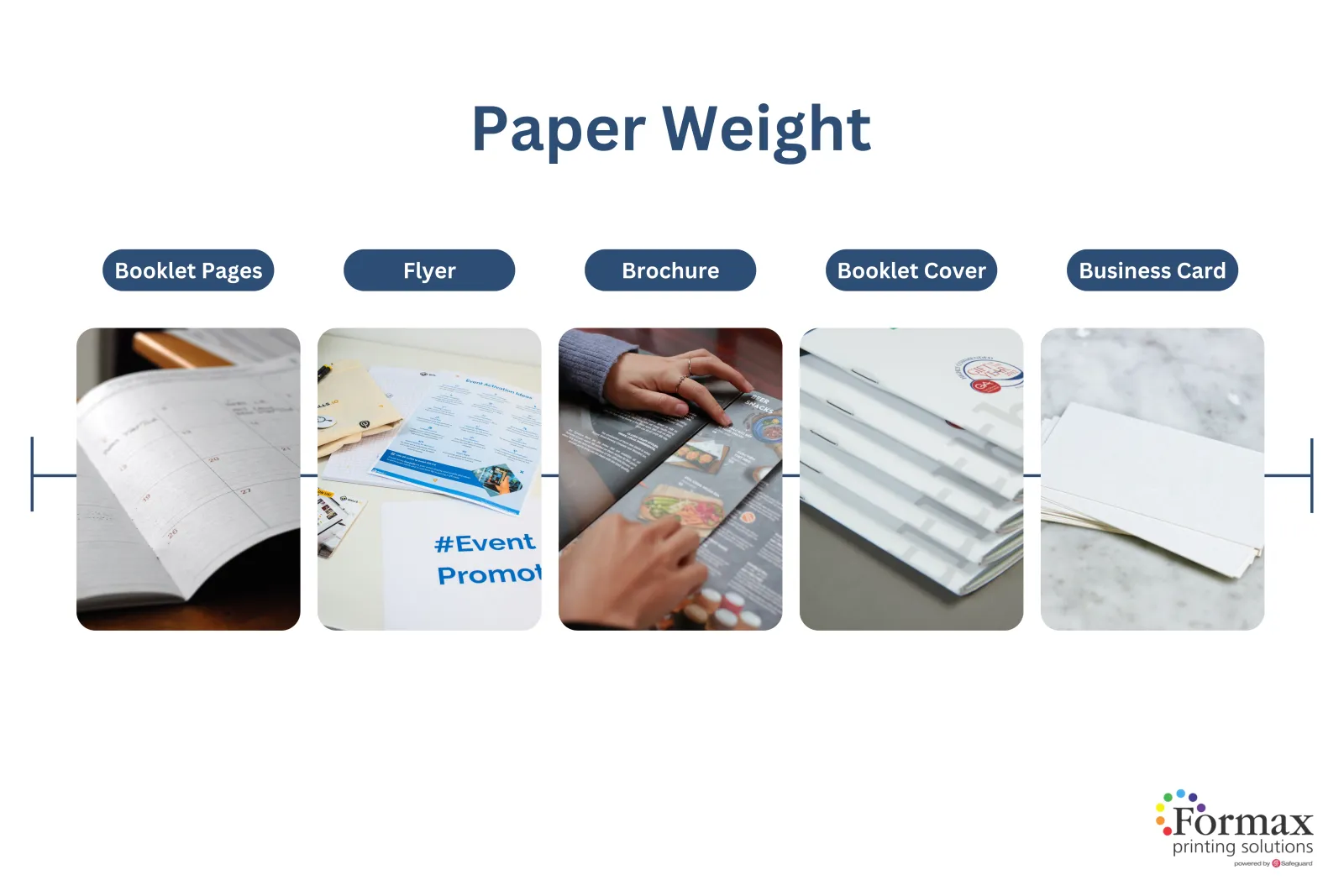
Types of Paper Weight
Understanding the different types of paper weight is essential for selecting the right material for your specific printing needs. Here's a breakdown of the most common paper weight categories and their typical uses:
Bond Paper (20# - 80#)
Description: Bond paper is a lightweight paper, commonly used in offices for everyday printing tasks like letters, forms, and reports.
Common Uses: Printer paper, letterheads, stationary, and forms.
Typical Weights: 20#, 24#, and 28# are the most common.
Text Weight Paper (30# - 100#)
Description: Text weight paper is thinner and more flexible, making it suitable for the inner pages of documents. It is commonly used for printing projects that require easy handling and readability.
Common Uses: Brochures, newsletters, flyers, booklet pages, and magazine pages.
Typical Weights: 50#, 70#, 80#, and 100#.
Cover Paper (60# - 120#)
Description: Cover paper is much thicker and more rigid than text weight paper, providing a sturdier feel. It's ideal for materials that need to be durable or leave a strong impression.
Common Uses: Business cards, postcards, brochure covers, booklet covers, and packaging.
Typical Weights: 80#, 100#, 120#, and even higher for premium projects.
Index Paper (90# - 140#)
Description: Index paper is a heavyweight stock that's stiffer than bond or text papers, but not as thick as cover paper. It's often used when you need a paper that's durable but still easy to work with.
Common Uses: Index cards, folders, booklet covers and tab dividers.
Typical Weights: 90#, 110#, and 140#.
Card Stock Paper (50# - 140#)
Description: Card stock is a thick, stiff paper commonly used for materials that need to stand up on their own or be handled frequently. It offers durability and a premium feel.
Common Uses: Greeting cards, invitations, and packaging.
Typical Weights: 65#, 80#, 100#, and 120#.
Cardboard (200# and above)
Description: Cardboard is the heaviest and thickest type of paper, used for packaging and shipping materials. It's designed for maximum durability and protection.
Common Uses: Boxes, packaging, and shipping containers.
Typical Weights: 200# and up, depending on the required strength.
Paper Weight Guide for Printing
Now that you've learned about the various types of paper weight and how they are measured, you're better equipped to select the right material for your next printing project. The paper weight you choose will play a significant role in the overall quality and impression of your printed materials, whether you're creating business cards, brochures, or books.
For projects with covers, such as magazines and catalogs, opting for a heavier paper weight adds durability and a premium feel. Meanwhile, lighter paper weights are often more suitable for inner pages, balancing cost-effectiveness with readability.
While these guidelines provide a solid foundation, the best choice ultimately depends on your specific needs and preferences. At Formax Printing, we're here to assist you in making informed decisions that align with your brand and project goals. Feel free to explore our range of in-house paper options or reach out for personalized recommendations.
Remember, considering paper weight early in your design process ensures that your printed materials not only look great but also feel right.
